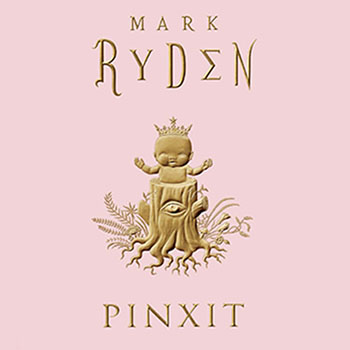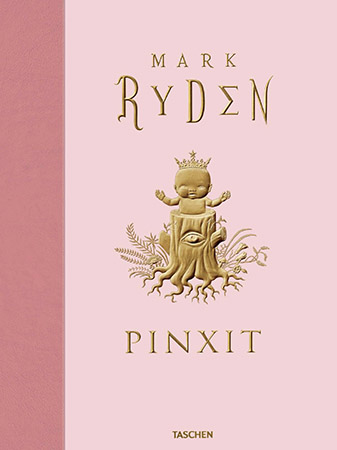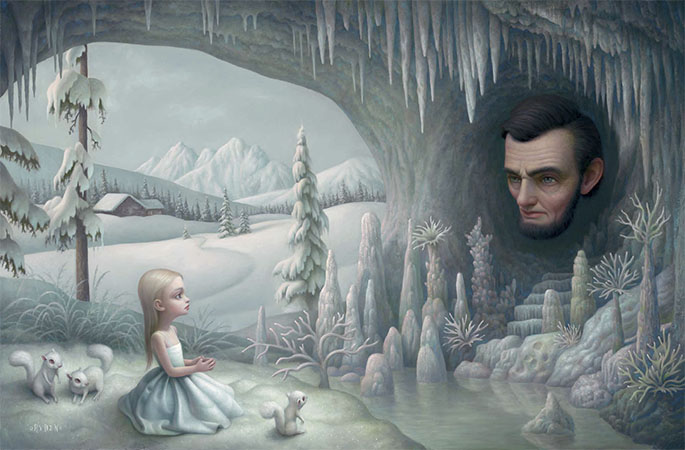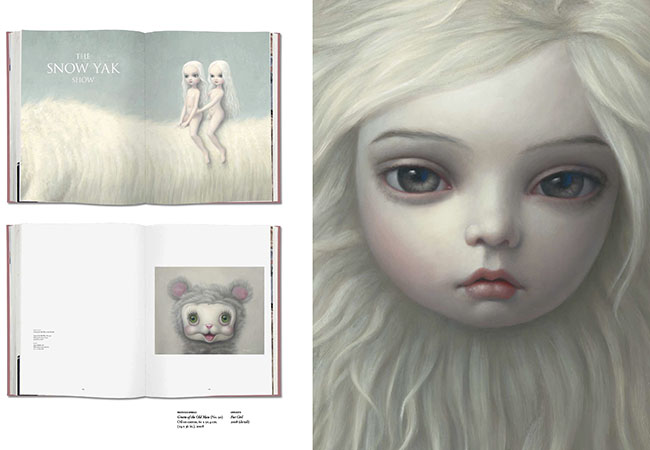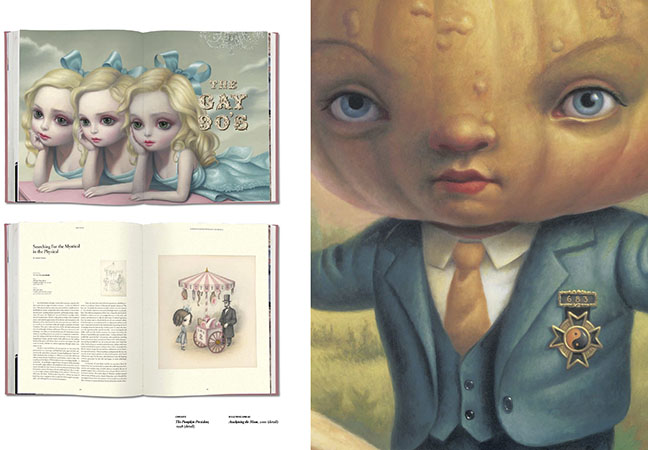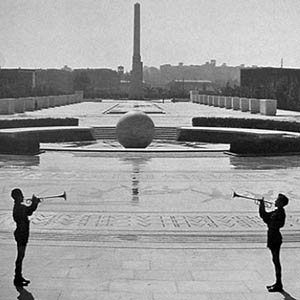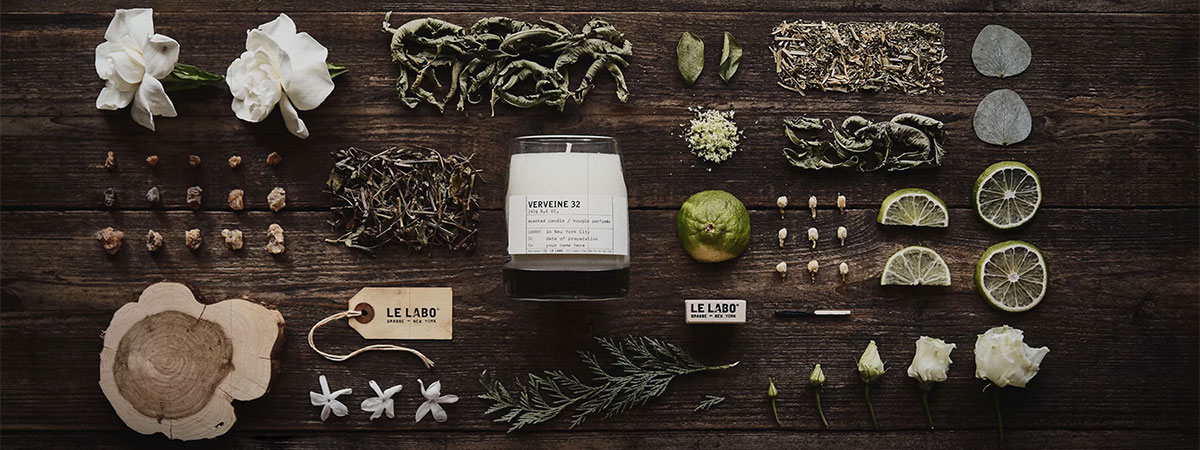
We believe…
We believe that there are too many bottles of perfume and not enough soulful fragrances
We believe the soul of a fragrance comes from the intention with which it is created and the attention with which it is prepared
We believe fine perfumery must create a shock – the shock of the new, combined with the shock of the intimately familiar
We believe that fine perfumery must be irreverent
We believe it is more humane to test cosmetics on New Yorkers than on animals
We believe celebrities should pay full price
We believe the future of luxury (hence of perfumery) lies in craftsmanship
We believe in the soulful power of thoughtful hands: hand-picked roses, hand-poured candles, hand-formulated perfumes and handshake agreements
We believe in the passionate souls who work close to us
We believe in Hafiz’s take on life : “Act great, dear. Always act great”
We believe New York made us this way, with a dose of Wabi-Sabi and a few lines from Thoreau
We believe we/you should put away our modern tools and take the time to smell the roses along the way
We believe that we are only young once, but we can be immature forever
And we believe that explanation kills art. Therefore, forget about all of this !
We believe that there are too many bottles of perfume and not enough soulful fragrances
We believe the soul of a fragrance comes from the intention with which it is created and the attention with which it is prepared
We believe fine perfumery must create a shock – the shock of the new, combined with the shock of the intimately familiar
We believe that fine perfumery must be irreverent
We believe it is more humane to test cosmetics on New Yorkers than on animals
We believe celebrities should pay full price
We believe the future of luxury (hence of perfumery) lies in craftsmanship
We believe in the soulful power of thoughtful hands: hand-picked roses, hand-poured candles, hand-formulated perfumes and handshake agreements
We believe in the passionate souls who work close to us
We believe in Hafiz’s take on life : “Act great, dear. Always act great”
We believe New York made us this way, with a dose of Wabi-Sabi and a few lines from Thoreau
We believe we/you should put away our modern tools and take the time to smell the roses along the way
We believe that we are only young once, but we can be immature forever
And we believe that explanation kills art. Therefore, forget about all of this !



